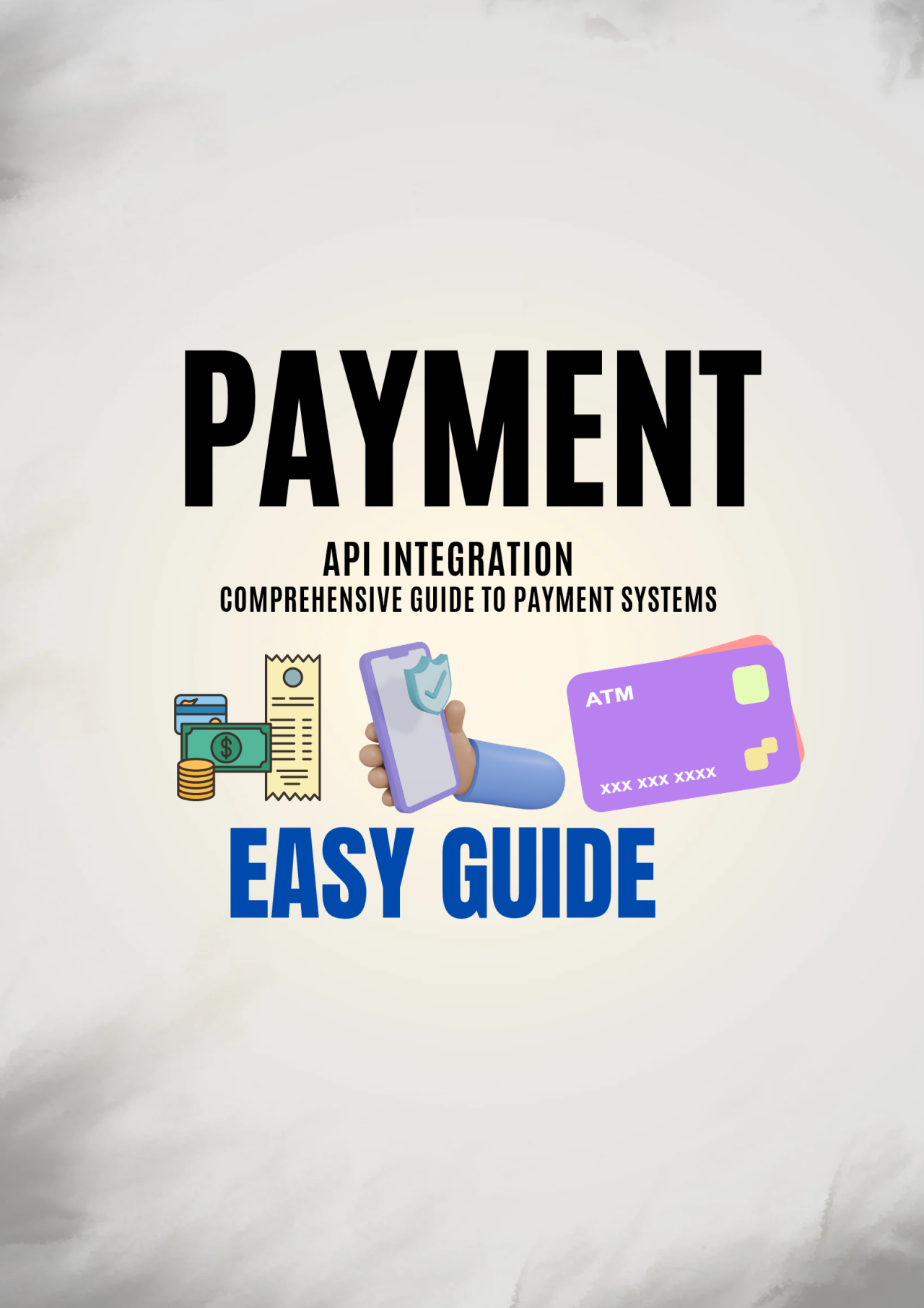Comprehensive Guide to Payment Systems: Features and Examples (PayPal, Coinbase, and More)

Comprehensive Guide to Payment Systems: Features and Examples (PayPal, Coinbase, and More)
Payment systems are the backbone of modern commerce, offering the tools and infrastructure needed to send, receive, and manage payments securely. Whether handling fiat currency or cryptocurrencies, these systems cater to diverse needs and ensure seamless transactions. In this blog, we’ll discuss the key characteristics of payment systems and compare some popular platforms, including PayPal, Coinbase, Stripe, Square, Skrill, and Wise (formerly TransferWise).
---
What is a Payment System?
A payment system facilitates the electronic transfer of funds between parties. These systems support a variety of transaction types, such as:
Online purchases
Peer-to-peer transfers
Subscription payments
Cross-border remittances
Payment systems differ in their features, transaction costs, and user experience, making it essential to understand which one best suits your needs.
---
Key Features of Payment Systems
1. Security: Advanced encryption, fraud detection, and authentication mechanisms ensure safe transactions.
2. Ease of Use: Simplified processes for both users and merchants make transactions hassle-free.
3. Global Accessibility: Support for international currencies and cross-border transactions.
4. Speed: Instant or near-instant payments are a standard for leading platforms.
5. Integration: API and plugin support for seamless integration with e-commerce websites and apps.
---
Popular Payment Systems: Overview and Features
1. PayPal
PayPal is one of the most recognized digital payment systems, used for both personal and business transactions.
Features:
Accepts payments in over 200 countries and multiple currencies.
Buyer and seller protection ensures secure transactions.
Offers API integration for e-commerce platforms.
Supports crypto transactions (buy, hold, and sell).
Best For: E-commerce businesses, freelancers, and online shoppers.
Cons: Higher fees for merchants and international transfers.
---
2. Coinbase
Coinbase is a cryptocurrency payment platform that enables individuals and businesses to transact in digital assets.
Features:
Accepts payments in Bitcoin, Ethereum, and other cryptocurrencies.
Instant conversion of crypto to fiat currency for merchants.
Robust API for crypto payment integration.
Highly secure with multi-signature wallets and cold storage.
Best For: Cryptocurrency enthusiasts and businesses accepting digital assets.
Cons: Limited fiat support and high trading fees.
---
3. Stripe
Stripe is a developer-friendly platform designed for businesses to manage online payments efficiently.
Features:
Supports over 135 currencies and multiple payment methods (cards, wallets, bank transfers).
Customizable API for seamless integration.
Built-in tools for subscription billing, fraud detection, and analytics.
Instant payouts for eligible businesses.
Best For: Startups, SaaS companies, and subscription-based businesses.
Cons: Requires some technical expertise for customization.
---
4. Square
Square is a versatile payment system that combines online and in-person payment solutions.
Features:
Offers point-of-sale (POS) hardware for in-person transactions.
Integrates seamlessly with online stores for digital payments.
Analytics and inventory tracking for small businesses.
No monthly fees; charges a flat transaction rate.
Best For: Small and medium-sized businesses (SMBs) with physical stores.
Cons: Limited support for international transactions.
---
5. Skrill
Skrill is a digital wallet known for its fast and low-cost transactions, especially for international payments.
Features:
Supports multiple currencies and low transaction fees.
Offers prepaid cards linked to your Skrill account.
Instant money transfers to other Skrill users.
Cryptocurrency trading is available.
Best For: International remittances and low-cost transactions.
Cons: Limited customer support and higher fees for account inactivity.
---
6. Wise (formerly TransferWise)
Wise is renowned for its transparent and low-cost international money transfers.
Features:
Real exchange rates with minimal fees.
Multi-currency accounts to hold and convert money.
Direct bank account transfers worldwide.
Supports businesses with bulk payments and invoices.
Best For: Cross-border payments and businesses dealing in multiple currencies.
Cons: No direct support for in-store payments or POS systems.
---
Comparison Table: Popular Payment Systems
---
Choosing the Right Payment System
When deciding which payment system to use, consider the following:
1. Nature of Your Business:
E-commerce? Use PayPal, Stripe, or Square.
Cryptocurrency? Opt for Coinbase.
International transfers? Wise or Skrill might be better.
2. Transaction Volume:
For high transaction volumes, Stripe offers scalability and custom solutions.
3. Global Reach:
PayPal and Wise are excellent for cross-border transactions.
4. Technical Expertise:
Platforms like Stripe require technical know-how for integration, while PayPal and Square are easier to use.
---
Conclusion
Payment systems are the backbone of modern commerce, providing the tools needed to transact securely, quickly, and globally. Whether you're running a small business, an online store, or a cryptocurrency platform, understanding the unique features and capabilities of each payment system is critical.
Platforms like PayPal and Skrill simplify fiat transactions, while Coinbase caters to the growing demand for cryptocurrency payments. Meanwhile, Stripe, Square, and Wise offer specialized solutions for developers, SMBs, and international businesses.
By evaluating your specific needs and comparing the features of these systems, you can choose the one that aligns best with your goals.
Which payment system do you use, and why? Share your experience in the comments!














